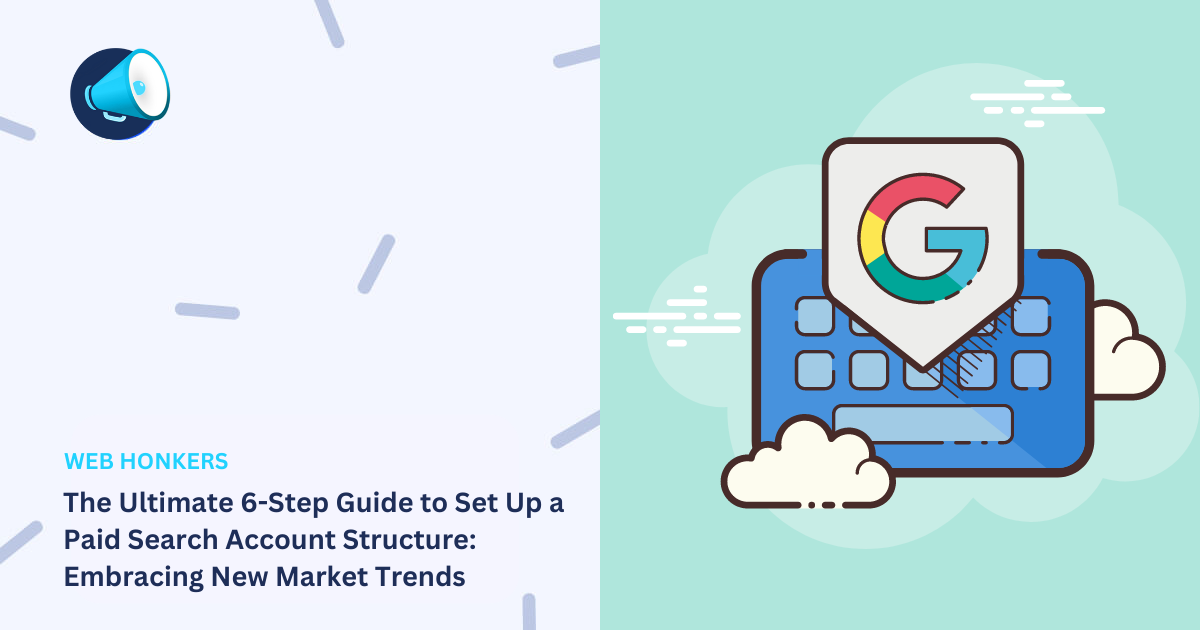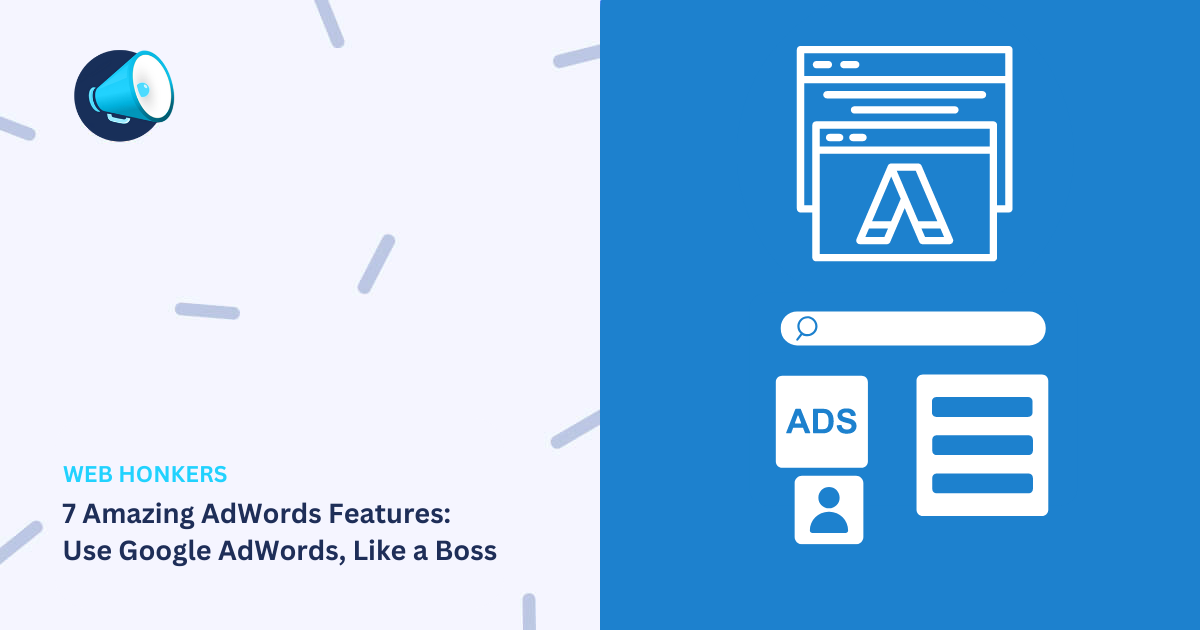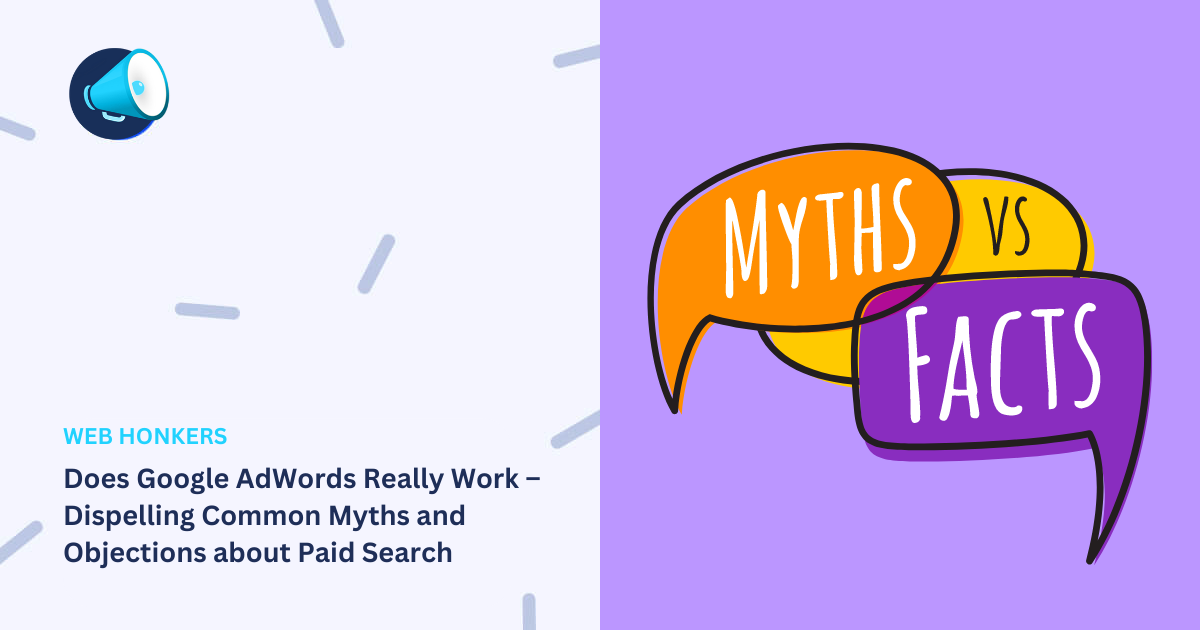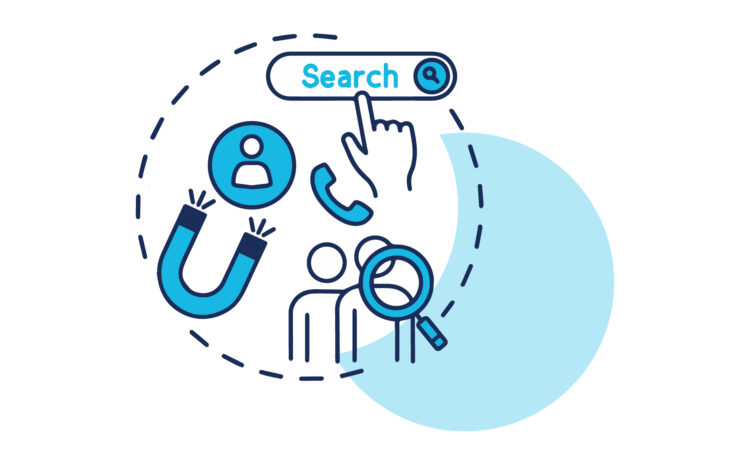Setting up a paid search account structure may seem daunting, especially for those new to the world of AdWords. However, fear not, as this step-by-step guide will demystify the process and empower you to create a well-structured account that drives success. Understanding the importance of account structure is crucial, as it directly impacts the relevance of your ads, quality score, and overall campaign organization.
In this blog, we will delve into the significance of account structure and explore the six key components to help you set up an effective paid search account. Moreover, we will discuss how new market trends influence the process, ensuring you stay ahead in your advertising endeavors.
Importance of Account Structure:
The account structure serves as the foundation for your entire paid search campaign. Here’s why it’s crucial:
- Relevance to Audience Searches: A well-structured account ensures that triggered ads align with the searches made by your target audience, increasing the likelihood of click-throughs and conversions.
- Improved Quality Score: Google rewards well-organized accounts with a higher quality score, boosting ad performance and lowering costs.
- Enhanced Optimization: A structured account allows for efficient optimization, making it easier to manage campaigns effectively and achieve better results.
6 Important Components of Account Structure:
To create a successful paid search account, focus on these six key components:
- Campaigns: Campaigns are the building blocks of your account. Organize them based on your website’s structure, product offerings, or location-based targeting. Each campaign will have specific keywords tied to ad text, leading visitors to relevant landing pages.
- Ad Groups: Within each campaign, create ad groups that group similar keywords and ad text. Avoid overcrowding with too many ad groups; 10-15 ad groups per campaign strike a balance.
- Keywords: Every ad group consists of carefully chosen keywords, essential for triggering relevant ads when users search for specific queries. Research and organize keywords effectively, choosing those with lower competition and high relevance.
- Negative Keywords: Often underestimated, negative keywords are crucial for filtering out irrelevant traffic and optimizing ad targeting. Incorporate negative keywords to enhance ad performance and reduce wasted spend.
- Ad Text: Craft compelling ad text for each ad group, reflecting the keywords and offering a clear call-to-action. Adhere to Google’s character limits and ensure relevance between ad text and landing pages.
- Landing Page: The landing page is where the magic happens. Create a well-optimized landing page that aligns with your ad text and offers a seamless user experience. Focus on message delivery and conversion optimization.
Step-by-Step Guide to Set Up a Paid Search Account Structure:
- Plan Your Account Structure: Brainstorm and plan your account structure by aligning it with your website’s organization, product/service offerings, or location-based targeting. Map out campaigns and ad groups accordingly for a clear roadmap.
- Perform Keyword Research: Conduct thorough keyword research using tools like Google’s Keyword Planner to find relevant keywords with manageable competition. Organize them efficiently for easy ad group integration.
- Create Your First Campaign: Set up your first campaign with the right settings, such as bidding strategy and budget allocation. Choose “Search Network only” for better control over ad placements.
- Develop Compelling Ad Text: Design engaging ad text that entices users to click. Focus on relevancy, include special offers or discounts, and ensure your ad complies with Google’s approval guidelines.
- Add Your Relevant Keyword List: Implement your researched and organized keywords into each ad group. Keep ad groups small (10-20 keywords max) for better management and relevance.
- Optimize and Add More Ads: Analyze your ad performance, make adjustments as needed, and add more ads to test variations. Utilize ad delivery options to rotate ads and compare performance effectively.
Setting up a well-structured paid search account is the first step toward a successful advertising campaign. By understanding the importance of account structure and following the six key components, you can create a cohesive and optimized account that yields impressive results. Continuously monitor and optimize your campaign based on market trends and user behavior to stay ahead in the competitive paid search landscape. With this comprehensive guide, you are now equipped to embark on your paid search journey and achieve marketing success. Remember, the key to success lies in planning, relevancy, and continuous optimization!







 Marketing 360°
Marketing 360° Ads Management
Ads Management Web Development
Web Development SEO Service
SEO Service Social Media
Social Media Copywriting Service
Copywriting Service